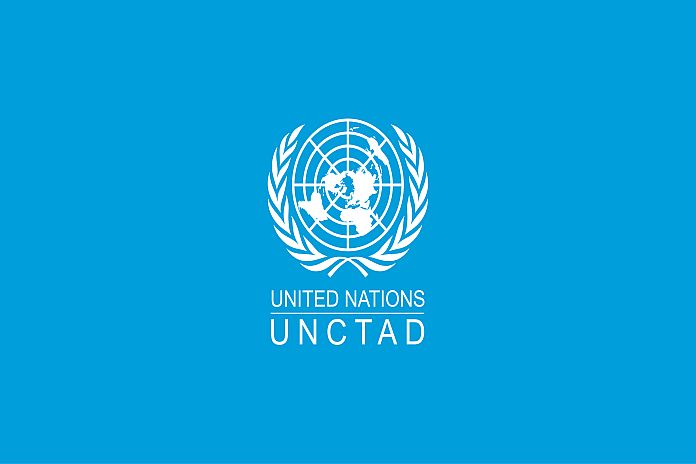GENEVA, Switzerland – The latest report by the United Nations Conference on Trade and Development (UNCTAD) on its assistance to the Palestinian people says 2022 was another bad year for Palestinians.
Against a backdrop of heightened political tensions, deepening dependency on the occupying Power and a stalled peace process, the Palestinian economy continued to operate below potential in 2022 as other persistent challenges intensified.
These include loss of land and natural resources to Israeli settlements, endemic poverty, a shrinking fiscal space, declining foreign aid and the build-up of public and private debt.
Economy still reeling from COVID-19 shock
Even though the Palestinian GDP grew by 3.9 percent in 2022, per capita real GDP was still 8.6 percent below its 2019 pre-pandemic level. In Gaza, real GDP per capita was 11.7 percent below the 2019 level and close to its lowest level since 1994.
Unemployment remained high at 24 percent across the Occupied Palestinian Territory, 13 percent in the West Bank and 45 percent in Gaza – with women and youth hit hardest. Poverty increased, rendering 40 percent of the population in need of humanitarian assistance.
With the rise in global food and energy prices, poorer households suffer disproportionately because food accounts for a greater share of their total expenditure.
Three decades after the Oslo Accords, the hoped-for convergence between the Palestinian economy and Israel’s remains obstructed by occupation policies. Instead, the two economies have diverged, with the Palestinian per capita GDP currently standing at just 8 percent of Israel’s.
Forced economic dependence
The report highlights the Palestinian economy’s forced dependency on Israel. Excessive production and transaction costs and barriers to trade with the rest of the world have resulted in a chronic trade deficit and a pervasive, lopsided dependence on Israel, which accounted for 72 percent of total Palestinian trade in 2022.
Meanwhile, lack of a national currency and reliance on the Israeli shekel leave little space for monetary policy while the strong shekel exchange rate undermines the already impaired competitiveness of Palestinian producers in domestic and foreign markets.
The dearth of jobs forces many Palestinians to seek employment in Israel and settlements. In 2022, 22.5 percent of employed Palestinians from the West Bank worked in Israel and settlements, where the average wage is higher. But broker fees and other associated costs account for 44 percent of gross pay, wiping out the premium over the average domestic wage, which indicates that search for employment in Israel and settlements is largely driven by limited employment opportunities in the domestic economy.
Over-reliance on precarious employment in Israel and settlements exposes the Palestinian economy to shocks in a volatile environment characterized by frequent crises, while lack of monetary and fiscal space leaves little room for effective policy response to shocks and crises, the report warns.
Since its birth in 1994, the Palestinian government has coped with unique and complex economic, political and social responsibilities far greater than the political and economic resources at its disposal.
In the past, donor aid helped soften the impact of occupation. However, in 2022 the Palestinian government received just $250 million in donor budget support and $300 million for development projects. This is a steep decline from a total $2 billion, or 27 percent of GDP in 2008, to less than 3 percent of GDP in 2022.
Gaza: A decade and a half of suppressed development
Since June 2007, Gaza suffered several military operations and has been under a land, sea and air closure. Gazans need permits to move in and out of the strip through two land crossing points controlled by Israel.
Restrictions on the movement of people and goods, destruction of productive assets in frequent military operations and the ban on the importation of key technologies and inputs have hollowed out Gaza’s economy.
Investment in 2022 diminished to 10.7 percent of Gaza’s GDP – or a meagre 1.9 percent of the Palestinian GDP. Between 2006 and 2022, Gaza’s real GDP per capita shrank by 27 percent, while its share in the Palestinian economy contracted from 31 to 17.4 percent.
The restrictions on movement also impede access to health and other essential services, as 80 percent of Gazans depend on international aid.
Living in Gaza in 2022 meant confinement in one of the most densely populated spaces in the world, without electricity half the time, and without adequate access to clean water or a proper sewage system.
It meant a 65 percent probability of being poor, 41 percent probability of dropping out of the labour force in despair, and for those looking for work, a 45 percent probability of being unemployed, the report concludes.





